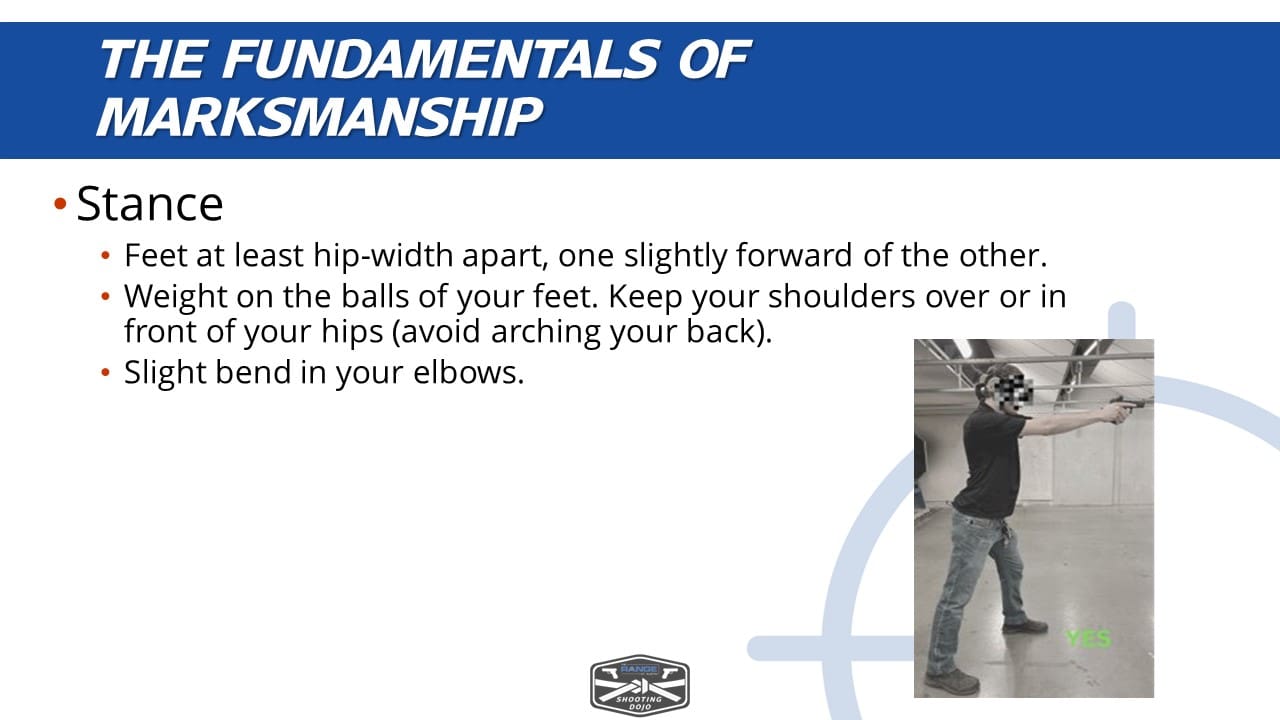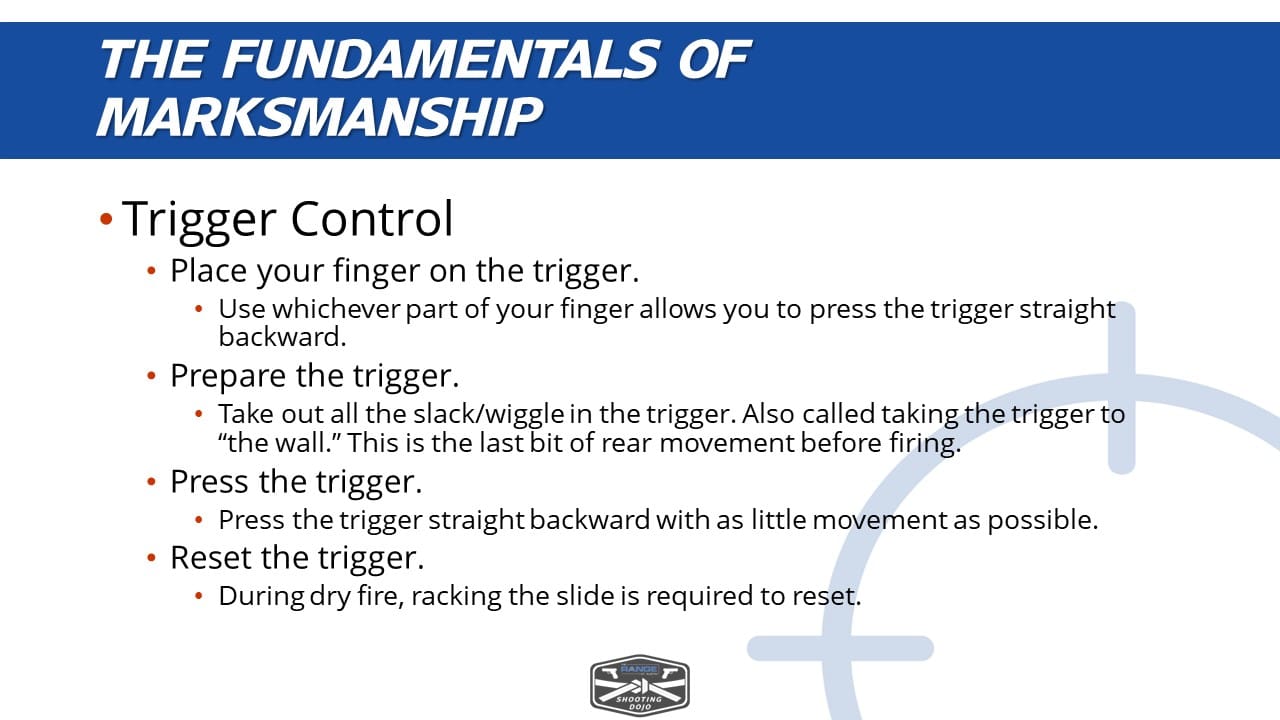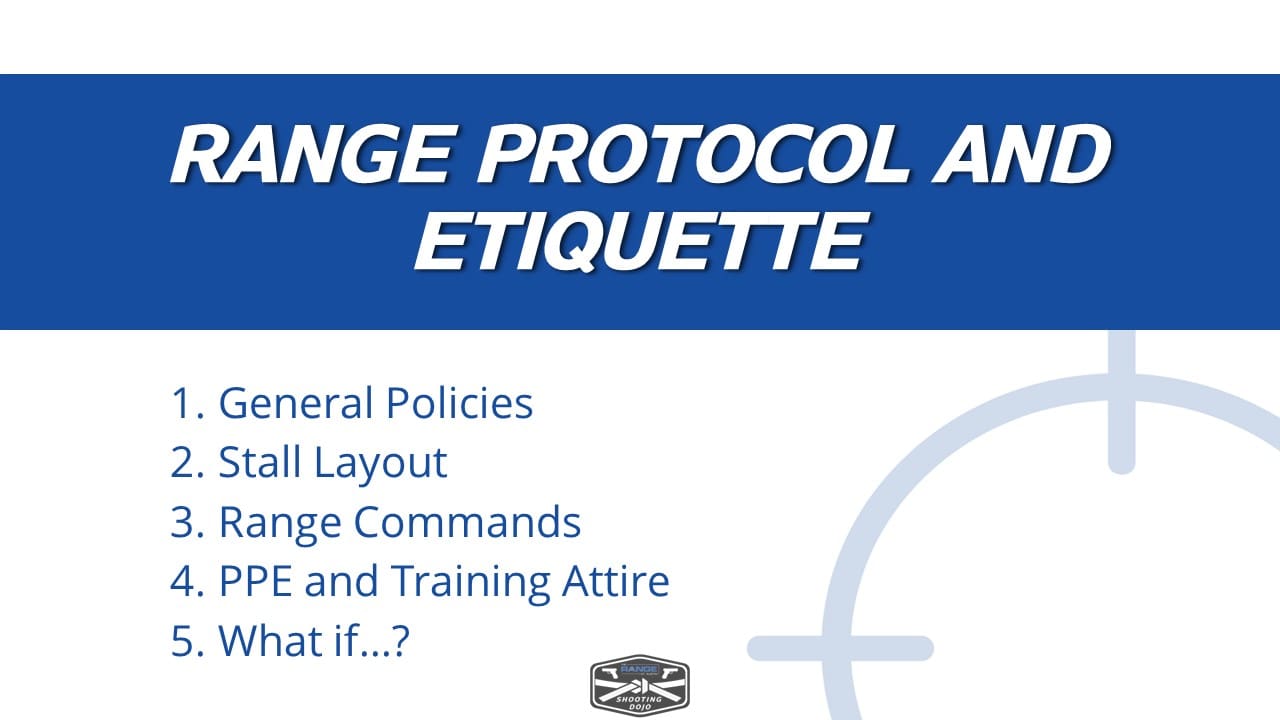We are thrilled to have you join our community of dedicated individuals who are passionate about improving their defensive shooting skills.
How do I see the schedule and sign up for classes?
You can access the Shooting Dojo calendar by clicking here. If you use Google Calendar, you can easily view the calendar on your device by clicking here. If there is ever a discrepancy between the website and the Google Calendar, defer to the Google Calendear and let us know at training@therangeaustin.com.
If you are accessing this page, you are successfully logged into the website portal with your email and password. You must be logged in to sign up for any Shooting Dojo classes.
What classes can I sign up for?
Upon completion of the White Belt Introduction class, your account will be upgraded to a White Belt membership. This will grant you access to all the White Belt classes. There is no specific order for the classes beyond the White Belt Intro, and you may take the classes as many times as you’d like. As you progress through the program, you may sign up for any class within or below your current belt level (e.g. Blue Belt students have access to White, Green, and Blue Belt classes).
If you wish to test out of the earlier belt levels, please contact the instructors at training@therangeaustin.com to schedule a time to attempt a placement test.
Do I have to sign up ahead of time or can I just show up?
We prefer you sign up and register for classes you plan to attend to ensure you have a spot in the bay and our instructors are adequately prepared for the correct number of students. However, if you have a last minute window of availability in your day, feel free to give us a call or swing by to see if there’s space in the class. Registration is not required if the class is not full.
What do I need for classes?
You’ll need a handgun with at least 2 magazines and 50 rounds of ammunition for each class. Dojo students can rent handguns for classes at no additional cost, but must use ammunition purchased at The Range in rental guns. Let the instructors know when you arrive that you will be renting so they can help get the equipment you need.
If you are using a Red Dot, please ensure that your dot is zeroed before using it in class. If you need assistance zeroing your optic, our gunsmiths are located on-site and are happy to provide that service.
Green Belt students will need an Outside-the-Waistband holster and magazine pouch.
Blue Belt students will need a concealment holster and magazine storage system (pouch or pocket).
Where should I report for class?
Monday – Thursday, classes are held in Alpha Bay (lanes 1-8). On Fridays, classes are held in Charlie Bay (lanes 17-24). Generally, we meet at the Training Table before and after class, but if you don’t see the instructors, feel free to jump into the bay and join the group.
If you’re attending a 9am class, the business is not yet open. Instructors will be at the front door to let you in around 8:55. If you arrive late to a 9am class, the instructors are likely already in the bay and may not be available to let you inside.
How do I get connected to other students?
There is a student-run Facebook group where members discuss gear, upcoming events, and more. You can find the group HERE or by searching The Range at Austin Training Dojo Members. The password requested is oB@i8X5zrg6 (we recommend copy/paste).
Who do I contact with questions?
Questions about classes, schedules, or testing – Reach out to the instructors via email at training@therangeaustin.com or by phone at (737) 802-3713.
Direct all questions regarding billing or your account to our membership team via email at membership@therangeaustin.com.






























